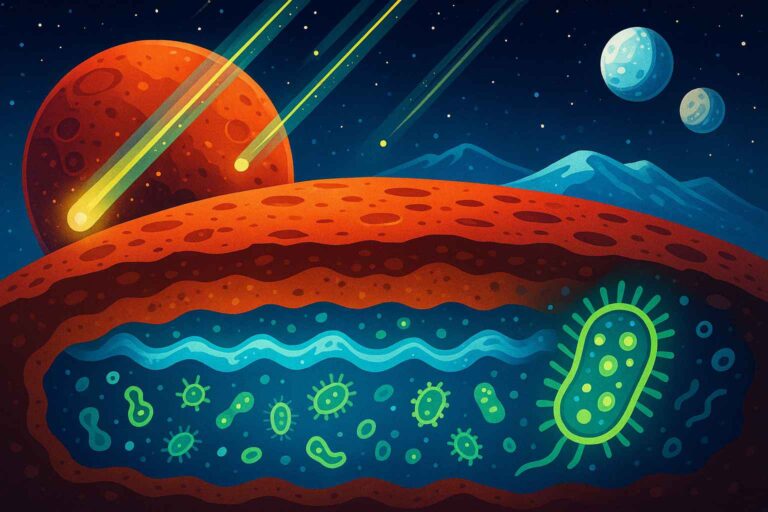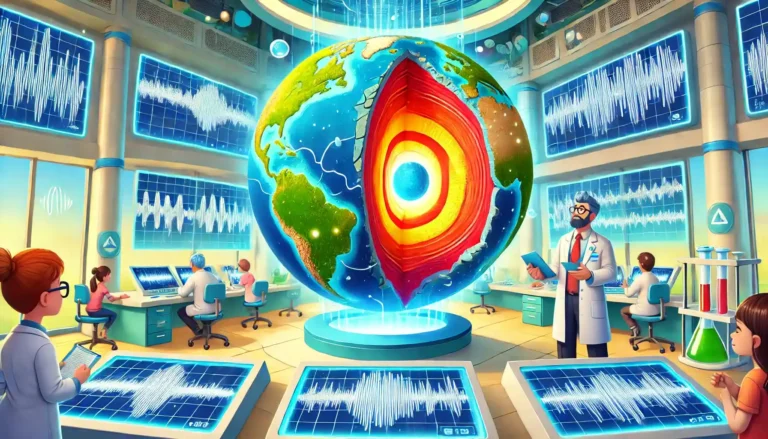
For millions of years, giant space rocks have crashed into Earth, shaping the planet in ways we are still discovering. But now, scientists have made an incredible find—they’ve discovered the world’s oldest known meteorite impact crater! This massive space rock slammed into Earth a whopping 3.5 billion years ago, long before the first dinosaurs or even the first plants appeared!
A Discovery That Changes History
A team of scientists from Curtin University in Australia made this exciting discovery while studying rocks in the Pilbara region of Western Australia. While examining these ancient rocks, they found something called shatter cones—a unique type of rock formation that only forms under the extreme pressure of a meteorite impact.
“This crater is by far the oldest one we’ve ever found,” said Professor Tim Johnson, one of the researchers leading the study. “Before this, the oldest known impact crater was 2.2 billion years old. That means this new find is over a billion years older!”
A Giant Impact with Big Effects
The meteorite that hit Earth all those years ago must have been enormous. Scientists estimate that it crashed into the planet at more than 36,000 km/h (that’s over 22,000 miles per hour!) and created a crater more than 100 km (62 miles) wide. The impact would have sent shockwaves across the planet, throwing dust and debris high into the sky.
“We know that massive impacts were common in the early days of the solar system,” said Professor Johnson. “But because Earth’s surface is always changing, many of these craters have disappeared over time.” This makes the new discovery even more exciting!
Could This Impact Have Helped Life Begin?
One of the most amazing things about this discovery is that it might help us understand how life on Earth got started. Scientists believe that when meteorites hit the planet, they created special environments like hot water pools and deep-sea vents, which could have provided the perfect conditions for tiny life forms to develop.
“Finding more craters from this time period could explain a lot about how early life may have formed,” said Professor Chris Kirkland, another researcher on the team. “It also shows how meteorite impacts helped shape Earth’s surface.”
A Clue to Earth’s First Continents?
The force of the impact may have played a big role in how Earth’s crust—the hard outer layer of the planet—formed. Scientists think that the energy from the crash could have pushed parts of the crust under others or even forced molten rock to rise up from deep inside Earth. This may have helped create the first stable landmasses, which later became the continents we live on today!
What’s Next?
Even though this is the oldest impact crater ever found, scientists believe there could be more out there waiting to be discovered. Studying these ancient craters can help us understand how Earth’s surface has changed over billions of years and maybe even provide clues about how life began.
So, the next time you look up at the night sky, remember—space rocks have been shaping our planet for billions of years. Who knows what other incredible discoveries are still waiting to be made?






